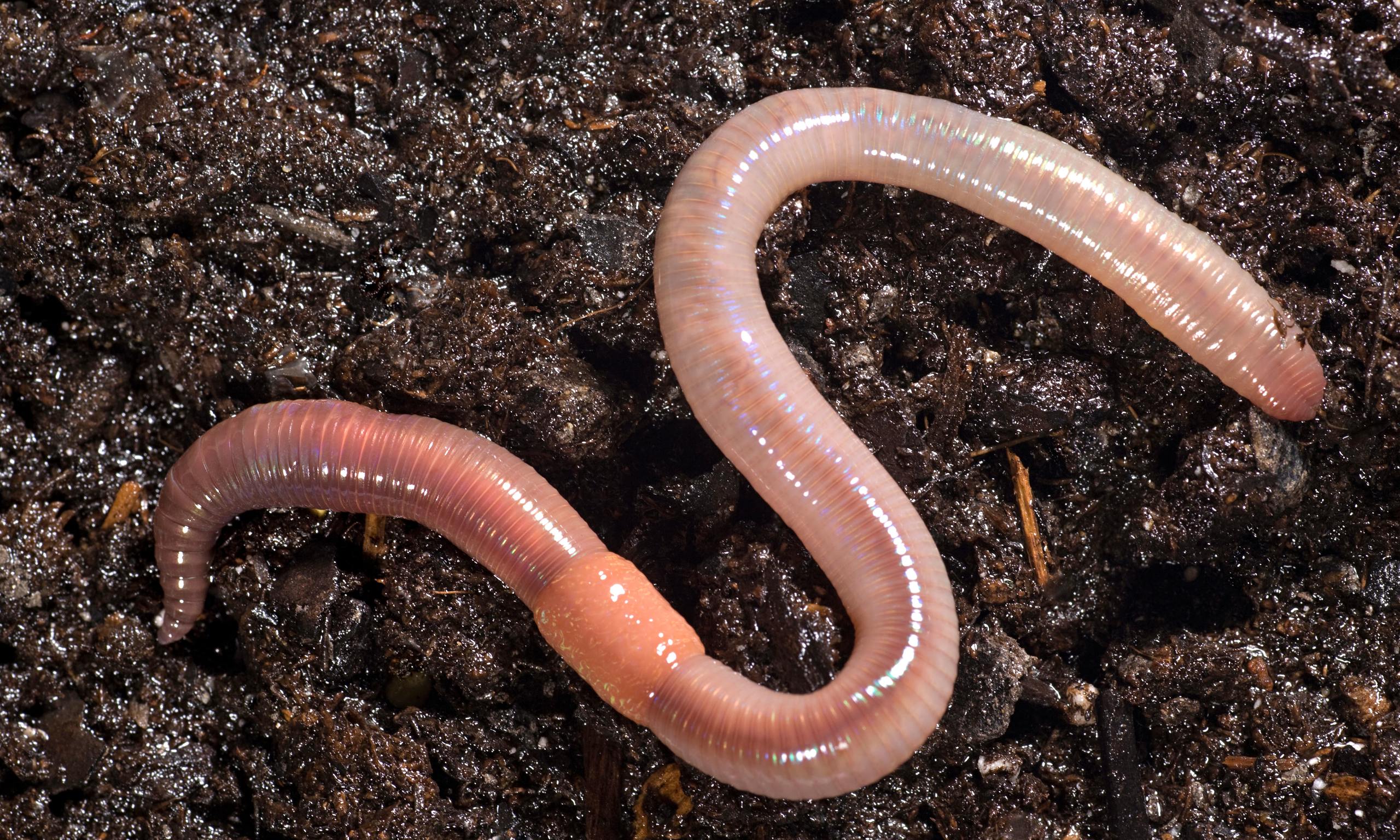The Facts About North Carolina Worms Revealed
Table of ContentsGetting My North Carolina Worms To Work9 Simple Techniques For North Carolina WormsTop Guidelines Of North Carolina WormsNot known Details About North Carolina Worms
Example: 1-gallon of worm spreadings to 4 gallons of potting mix. 1/2 mug in the bottom of the planting opening for smaller sized plants. 1 cup for larger plants.
The addition of tea can additionally include raised microbial biomass to your soil. You can constantly side-dress your plants with worm castings any time. Simply keep in mind, the microorganisms will certainly die if revealed to UV rays (Sun), so make sure to cover the castings with an inch or so of dirt.
This frustrated them for years until the testing approaches became better. It would certainly obtain better(with even more spreadings), level off, and then decrease. Also numerous worm spreadings would speed up the growth to a speed that the plant could not recover from.
The smart Trick of North Carolina Worms That Nobody is Discussing
Lots of herbicides work with this exact same concept. So, 20% by quantity appears to be the "Sugary food Area". I have stated the virtues of worm castings for about 2000 words. What about the opposite side of the coin? Nothing is perfect. Worm castings are no various. It requires time to develop top quality worm spreadings.
Worm castings absolutely set you back more than chemical plant foods. Worm castings are on the less costly end of natural fertilizers. (50 gallons per year) It is a much more challenging and extremely pricey investment to generate big amounts of worm castings.

Producing a healthy soil might be the biggest advantage of worm castings. We reviewed worm castings NPK and additionally the appropriate nutrient evaluation that ought to use to worm castings.
Some Of North Carolina Worms
We talked about some of the drawbacks connected with worm castings. I covered a lot of material in this article.
The vertical burrows are usually open, although the worms top the top with residue and excrement. The upright burrows are really crucial factors of entrance for fast water seepage into the soil, specifically in no-till systems. Air-filled porosity is critical in aiding plant origins to flourish. Roots require oxygen for their development, whereas they produce carbon dioxide that needs to leave the dirt.
Earthworms boost porosity by two mechanisms: (1) by developing irreversible burrows, and (2) by enhancing soil gathering. Aggregation is improved by the blending of soil and raw material in the earthworms' digestive tracts. Lake James Bait. These highly secure aggregates are transferred by some earthworms in their burrows, and by others at the surface area of the soil


In an additional research, earthworms were approximated to consume 4 to 10 percent of the top 6 inches of the soil yearly. This only mosts likely to reveal the substantial quantities of dirt that can be refined by earthworms. Dirt compaction lowers the porosity of the soil. Because earthworms enhance porosity, they decrease the impacts of compaction.
The 6-Second Trick For North Carolina Worms
Typical earthworm populaces can conveniently take in 2 lots of dry issue per acre annually, partly absorbing and blending it with soil. The importance of earthworms to blend surface deposit with dirt ends up being very clear in dirts that do not have any type of earthworms. Most of our Pennsylvania dirts have at the very least some earthworms, and the impact of their complete lack, therefore, can not be noted.
(https://directorydirect.net/North-Carolina-Worms_379922.html)In these soils, the formation of topsoil with affordable raw material material did not take location, leading to bad crop growth. Once the cause was established, the federal government of the Netherlands began a project to present earthworms. After the introduction of the earthworms, a dark topsoil layer was developed, and crop growth increased substantially.
They live primarily from partly decomposed raw material that is currently included in the soil. They consume their method with the dirt, developing straight burrows that they loaded with their waste matter. These species consume large amounts of soil that they blend with absorbed crop residue in their guts. or anecic species stay in irreversible vertical burrows that can be 5 or 6 feet deep.
These species consume considerable quantities of soil that they blend with digested deposit in their digestive tracts. Their waste matter is mostly deposited at the surface area of the dirt.